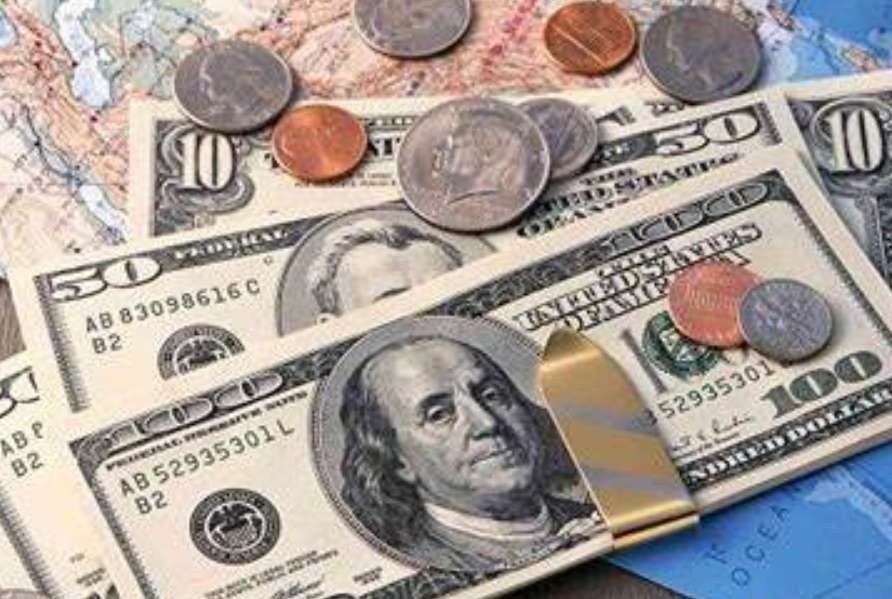Will Inflation Return to the U.S.?
Advertisements
- November 27, 2024
- Stock Market Topics
- 291
The recent decision by the Federal Reserve to lower interest rates has captured the attention of markets and economies worldwide.This move has not only sparked discussions around the probable re-emergence of inflation in the United States but also created a complex narrative surrounding current economic conditions.While the Fed has painted a positive picture of the American economy,suggesting that challenges such as a secondary wave of inflation or a recession are minimal,the contradictory signals hanging in the air make one question the underlying motives of such a decision.
On September 18,the Federal Reserve concluded a pivotal two-day monetary policy meeting by announcing a rate cut.In the accompanying statement,the Fed indicated a newfound confidence in the trajectory towards a sustainable inflation rate of 2%.They conveyed that risks associated with achieving both maximum employment and price stability appeared relatively balanced.Fed Chair Jerome Powell was particularly adamant about the resilience of the U.S.economy,repeatedly asserting,"The overall strength of the American economy remains intact" and that economic activity continues to experience steady growth.
Leading up to this announcement,market analysts had widely anticipated a more measured approach from the Fed,with predictions of a 25 basis point rate cut.However,just before the meeting,whispers from U.S.media hinted at a more dramatic potential rate drop of 50 basis points.When the latter became the reality,it ushered in a wave of skepticism regarding how drastically the Fed was willing to pivot its monetary policy during what appeared to be a non-crisis economic situation.
Historically,significant rate cuts from the Fed are typically a response to severe economic crises.For instance,the bursting of the tech bubble in late 2000 and the subprime mortgage crisis of 2007 both saw the Fed slice rates by 50 basis points.During the early phases of the 2020 pandemic,the Fed enacted an emergency cut of 150 basis points in less than two weeks.In stark contrast,current economic indicators suggest a relatively stable environment; the U.S.recorded a year-on-year GDP growth of 3% in the second quarter.This lack of urgent circumstances raises questions about the necessity and implications of a preventative rate cut.Notably,GOP presidential candidates voiced their concerns after the Fed's decision,labeling the cut as “unusual,” insinuating that it either reflects a dire economic situation or a manipulation of political narratives.
Generally,cutting interest rates serves to lower borrowing costs,enhance market liquidity,and subsequently stimulate consumer and investment demand,thereby increasing overall price levels.However,once liquidity floods the market,there is often a cascading effect leading to wage increases and surging raw material prices,thus impacting final product prices.One significant factor to consider is the impact of rising housing costs,which markedly sway inflation rates in the U.S.In addition to this,ongoing structural challenges within the American economy,such as supply chain disruptions and labor shortages,create additional headwinds that could exacerbate inflationary pressures.
The U.S.Department of Labor's data revealed that the consumer price index (CPI) rose by 0.2% month-over-month in August,maintaining the pace set in July.Core CPI experienced a slight uptick of 0.3%,which is 0.1 percentage points higher than the rate seen in July.The housing index in August surged by 0.5%,emerging as a driving factor behind the overall CPI increase.Analysts suggest that persistent inflationary pressures hint at a risk of a subsequent wave of inflation, asserting that “the cooling of inflation in the U.S.might only be a temporary phenomenon.”
asserting that “the cooling of inflation in the U.S.might only be a temporary phenomenon.”
It's clear that the Fed is acutely aware of the inflation dilemma.Powell alluded to this awareness during the post-meeting discussions,suggesting that the long-term neutral interest rate could be significantly higher than pre-pandemic levels,asserting,“It feels unlikely that we would return to a low neutral rate environment.” Furthermore,former Treasury Secretary Lawrence Summers recently contested the prevailing opinion among financial markets,stating that they are significantly inflating the notion of forthcoming easing monetary policies from the Fed.He cautioned that the looming threat of inflation could prevent the Fed from lowering rates along the trajectories indicated in their dot plot predictions.
As the Fed navigates this tricky terrain of interest rate cuts,they find themselves in a precarious position akin to walking a tightrope.A too-aggressive reduction in policy constraints could thwart the efforts to temper inflation and possibly trigger a secondary wave of inflation,while a too-conservative approach might risk undermining economic activity and employment,leading to recessionary conditions.The specter of ‘stagflation’—a scenario of stagnant economic growth alongside persistent inflation—looms large should they falter in their approach.Maintaining the narrative that “economic activity in the United States continues to exhibit steady growth” may,therefore,be fraught with challenges for the Fed.
Leave a Comment